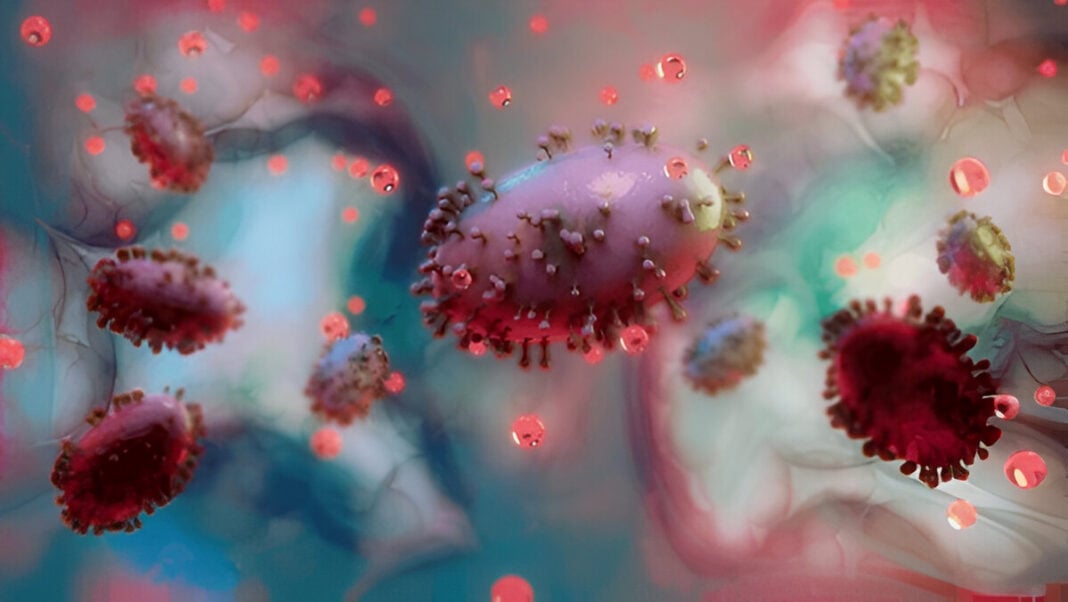Our pets are loyal companions, offering unconditional love and comfort. But beneath the cuddles and fur, our furry friends can sometimes transmit infections to us, especially skin-related conditions known as zoonotic skin diseases. These are infections that humans acquire from animals, often resulting in rashes, redness, and irritation. While the bond between humans and pets is invaluable, awareness and hygiene are essential in preventing these conditions.
What Are Zoonotic Skin Diseases?
Zoonotic diseases are infections that can be passed from animals to humans. When these conditions manifest in the skin, they are referred to as zoonotic skin diseases. Transmission can occur through direct contact with an infected animal’s skin, fur, saliva, urine, or feces, or even indirectly through contaminated surfaces or bedding.
Children, the elderly, people with weakened immune systems, and pet owners who have close physical contact with animals are at a higher risk of contracting these infections (Singh et al., 2020).
Common Zoonotic Skin Diseases from Pets
1. Ringworm (Dermatophytosis)
Despite its name, ringworm is not a worm but a fungal infection. Cats, dogs, and even guinea pigs can harbor the fungus and transmit it through skin contact. It presents as circular, red, itchy patches with clearer centers and raised edges.
Symptoms in humans: Itchy, ring-shaped rash often on the arms, neck, or face.
Prevention: Regular pet grooming and vet checkups, disinfect pet bedding and brushes.
2. Scabies (Sarcoptic Mange)
Caused by the Sarcoptes scabiei mite, this condition can jump from infected dogs to humans. The mites burrow into the skin, causing intense itching and rash.
Symptoms in humans: Itchy red bumps, often on wrists, elbows, or between fingers.
Prevention: Treat pets promptly and limit close contact during active infections.
3. Cat Scratch Disease (CSD)
This bacterial infection is caused by Bartonella henselae and transmitted when a cat scratches or bites a person. Kittens are more likely to carry the bacteria.
Symptoms in humans: Swollen lymph nodes, fever, fatigue, and sometimes a pustule or rash near the scratch site.
Prevention: Avoid rough play with cats, especially kittens, and wash scratches promptly.
4. Allergic Reactions to Pet Dander or Saliva
Not exactly an infection, but many people experience rashes due to allergic responses to proteins found in pet dander, saliva, or urine.
Symptoms in humans: Itchy skin, eczema flare-ups, or hives after contact.
Prevention: Use HEPA filters, bathe pets regularly, and wash hands after touching them.
5. Toxocariasis (Roundworm Infection)
Dogs and cats can pass roundworms to humans through fecal contamination. While the worms mainly affect internal organs, skin reactions like rashes or itching can also occur.
Symptoms in humans: Itchy skin, hives, or in severe cases, systemic illness.
Prevention: Deworm pets regularly and always wash hands after cleaning litter boxes or outdoor play.
Diagnosis and Treatment
If a skin rash appears after close contact with a pet, it is important to consult a dermatologist. Diagnosis typically involves skin scrapings, cultures, or biopsy. Treatments may include:
- Topical antifungals or corticosteroids for ringworm or mild dermatitis
- Oral medications for more severe fungal or parasitic infections
- Antibiotics if a bacterial infection is suspected, such as CSD
- Antihistamines or topical emollients for allergic reactions
Early diagnosis and proper treatment not only alleviate symptoms but also prevent the spread of these infections to others.
Protecting Yourself While Loving Your Pets
Zoonotic skin diseases do not mean you need to part ways with your beloved animals. Instead, practice preventive measures:
- Routine vet visits to check for skin infections or parasites
- Good hygiene by washing your hands after petting, feeding, or cleaning up after your pet
- Avoid sleeping with pets if you have a weakened immune system
- Educate children on proper pet handling to avoid scratches and bites
According to the Centers for Disease Control and Prevention (CDC, 2021), the risk of zoonotic transmission significantly decreases with regular veterinary care and basic hygiene practices.
The close bond between humans and pets is a source of immense joy and emotional support. However, awareness of zoonotic skin diseases is essential to keep both pet and owner healthy. By recognizing early signs of infection, maintaining hygiene, and ensuring pets are routinely checked by veterinarians, we can enjoy the benefits of pet ownership without compromising our skin health.
References
-
Centers for Disease Control and Prevention. (2021). Zoonotic Diseases. https://www.cdc.gov/onehealth/basics/zoonotic-diseases.html
-
Singh, B. B., Sharma, R., & Gill, J. P. S. (2020). Zoonotic dermatoses of public health importance. Veterinary World, 13(4), 692–703. https://doi.org/10.14202/vetworld.2020.692-703
-
Weese, J. S. (2015). Zoonotic dermatophyte transmission. Veterinary Dermatology, 26(6), 401–e96. https://doi.org/10.1111/vde.12262












